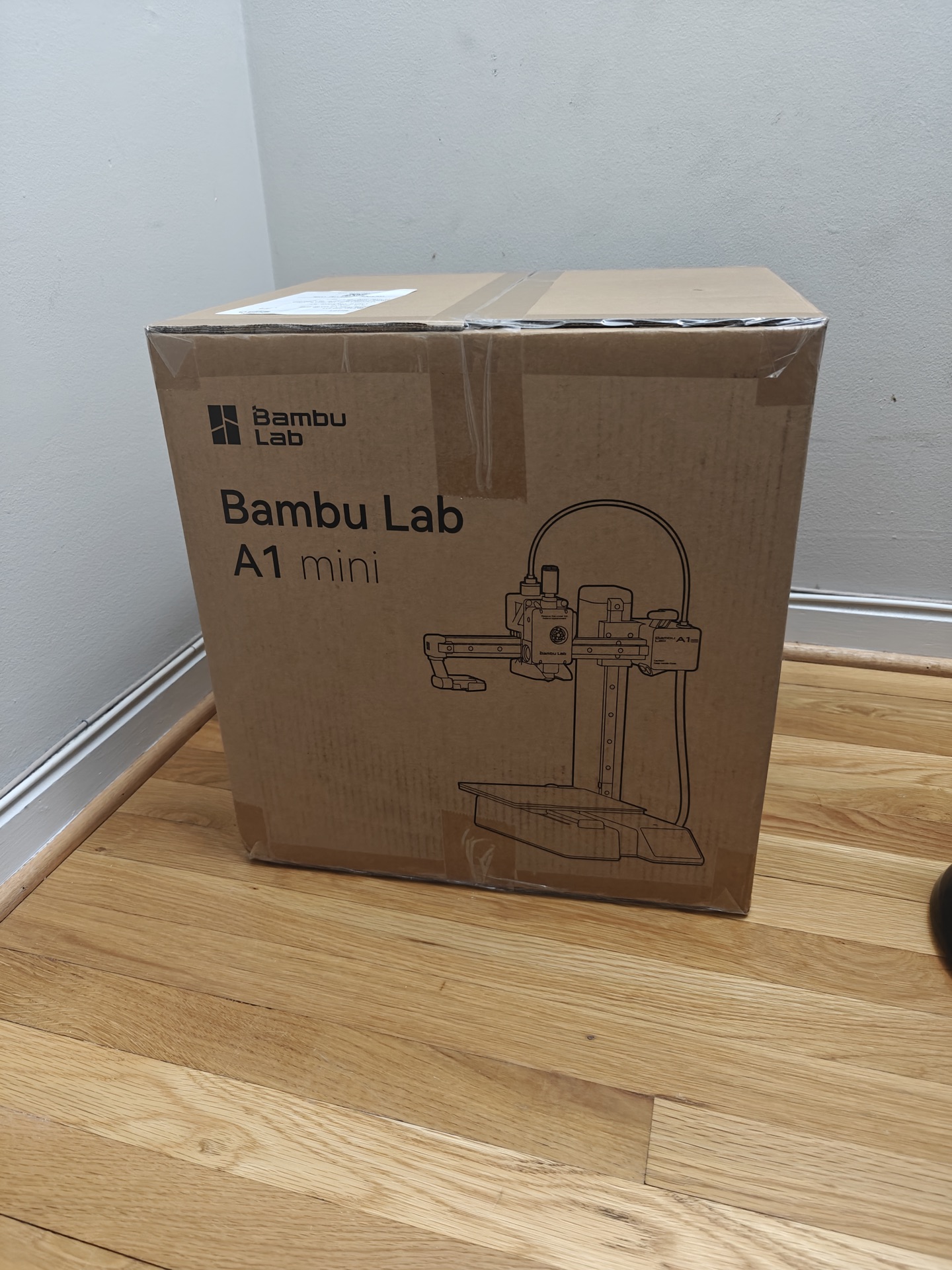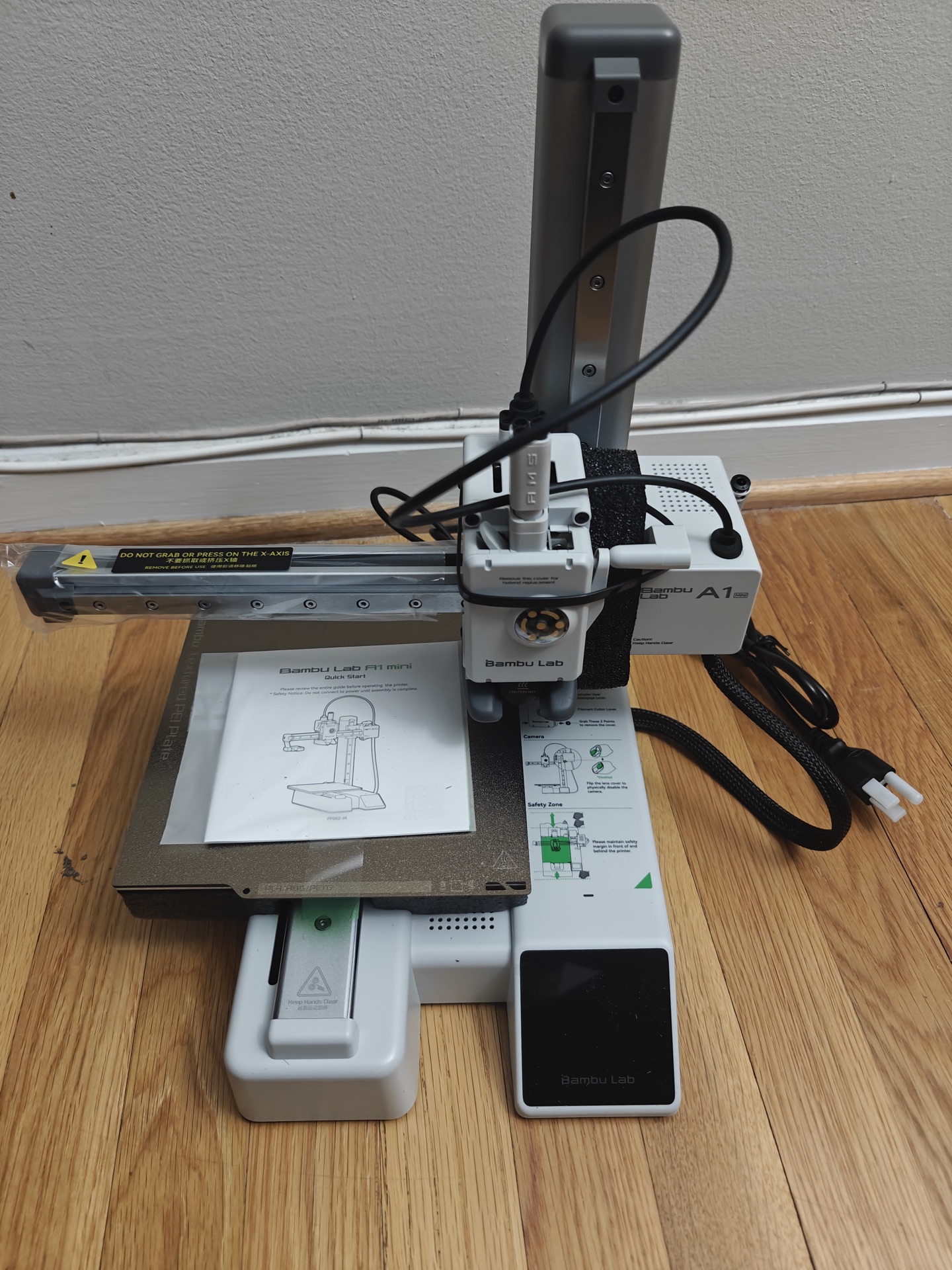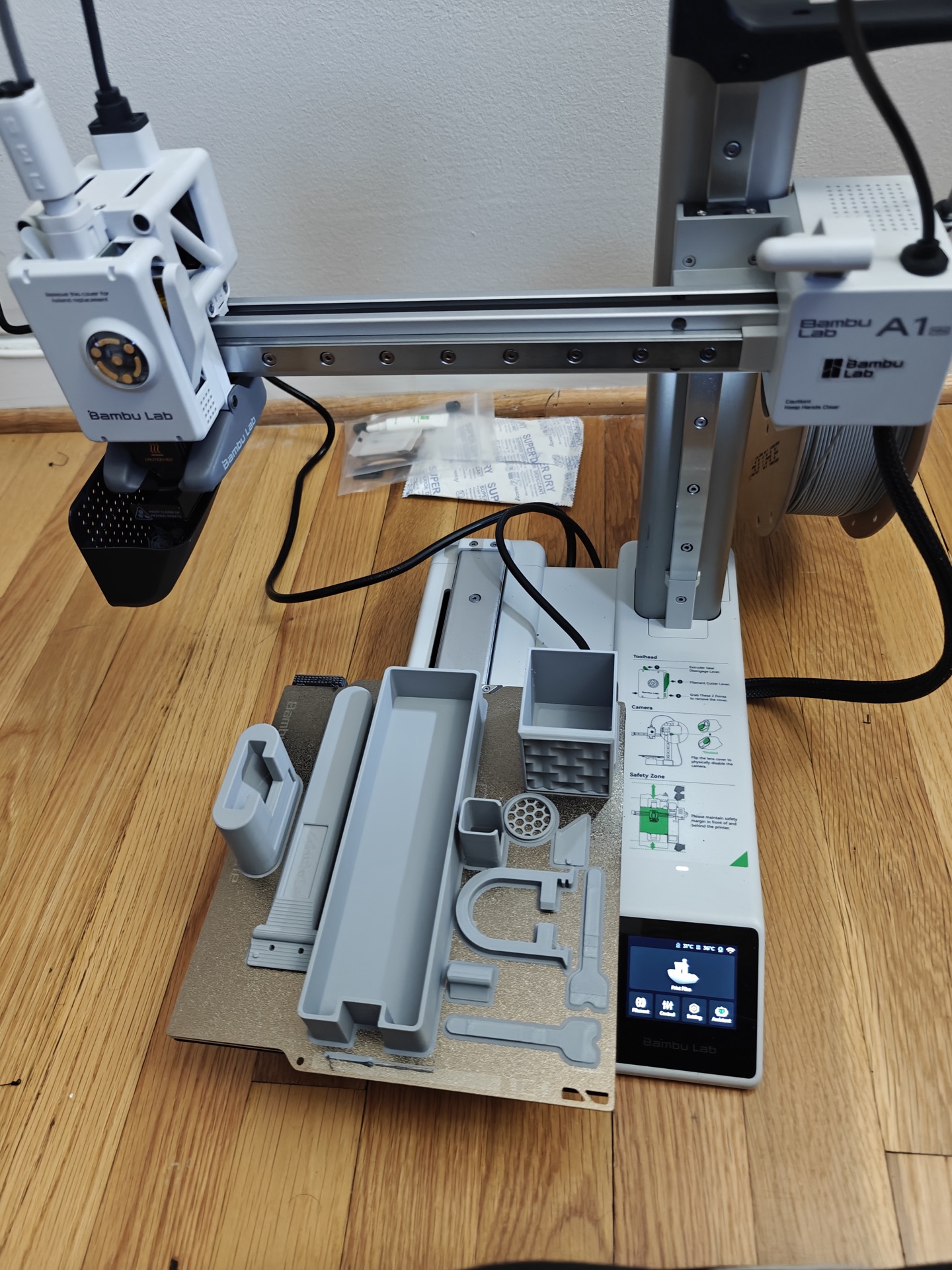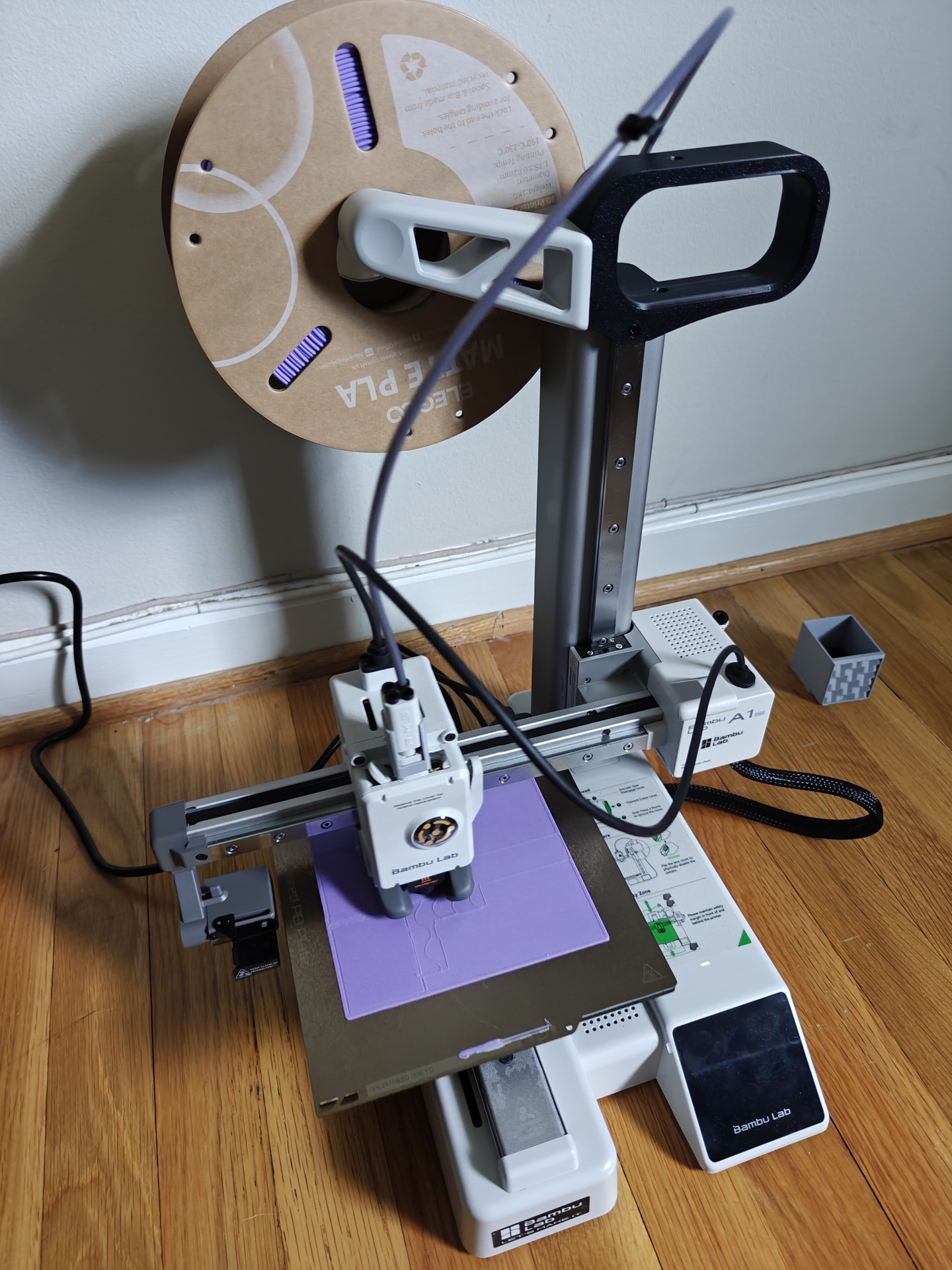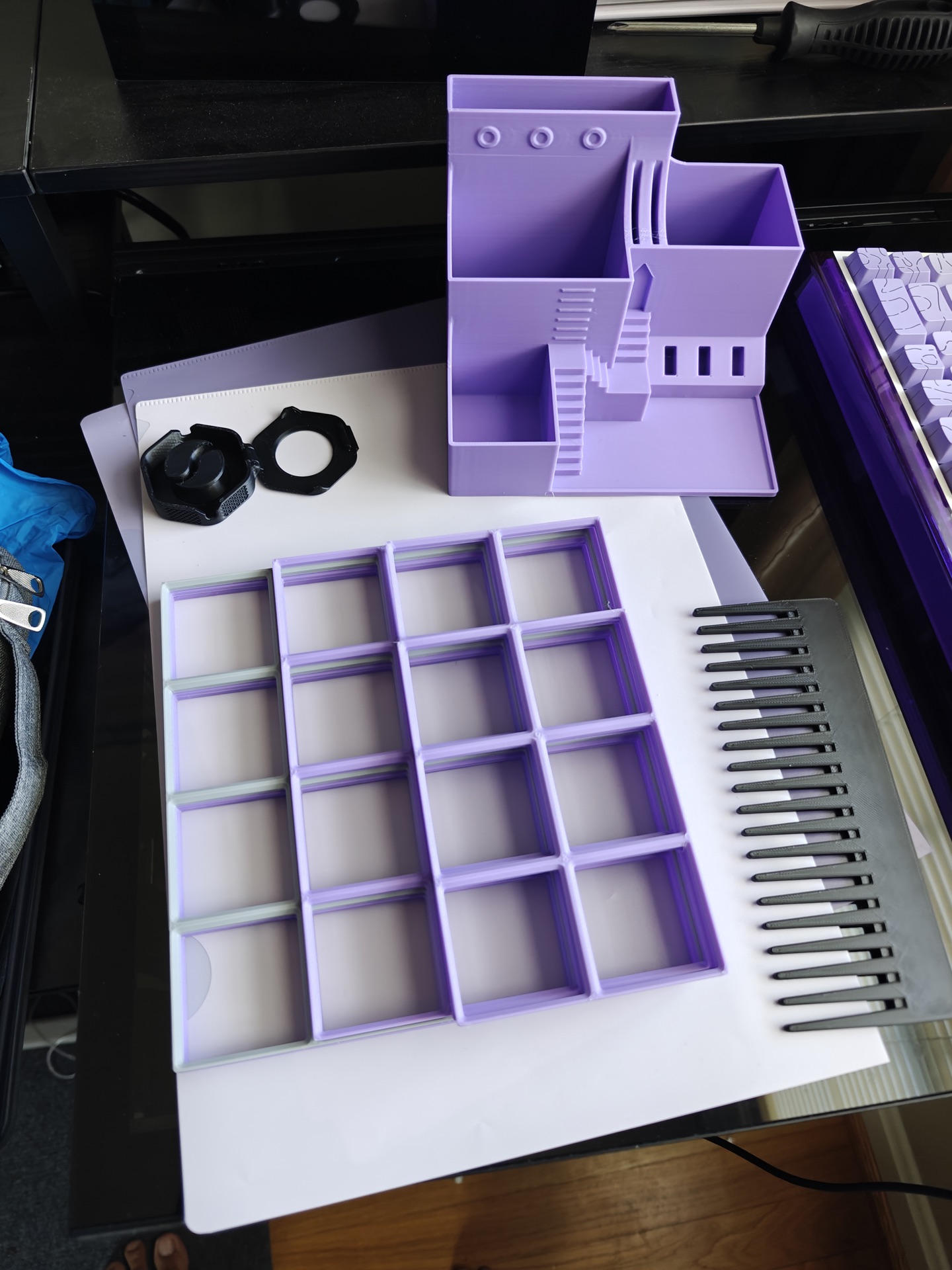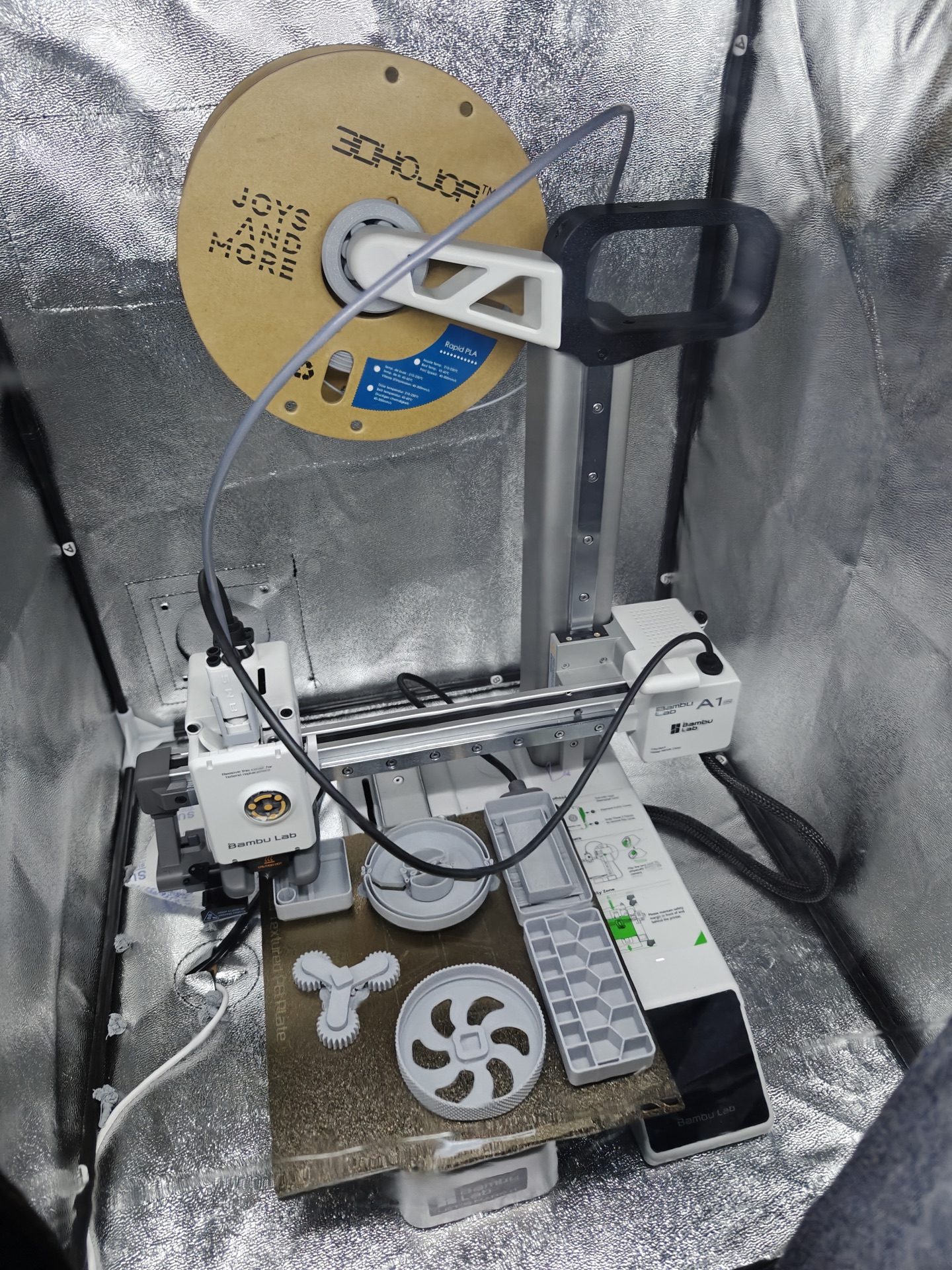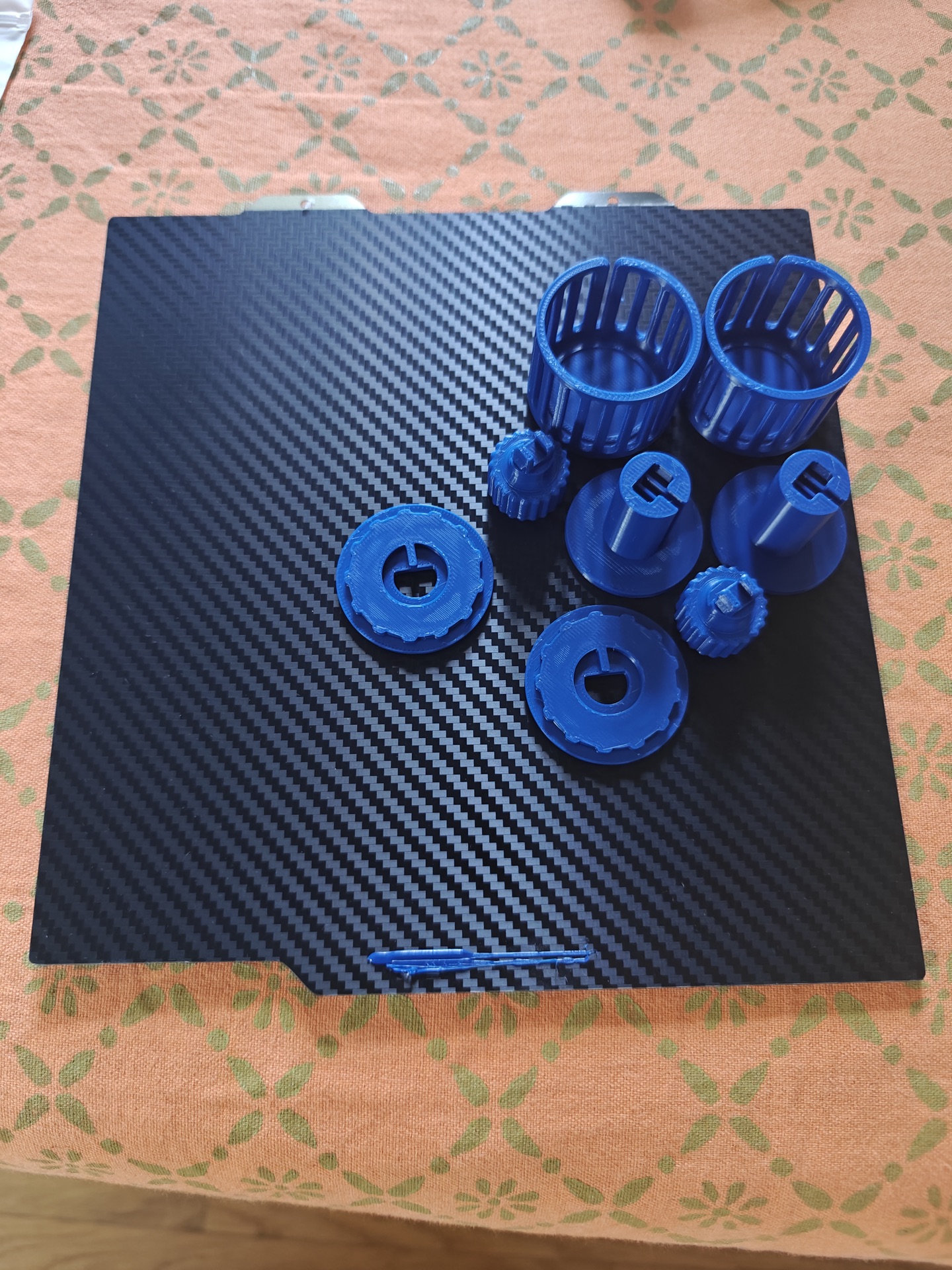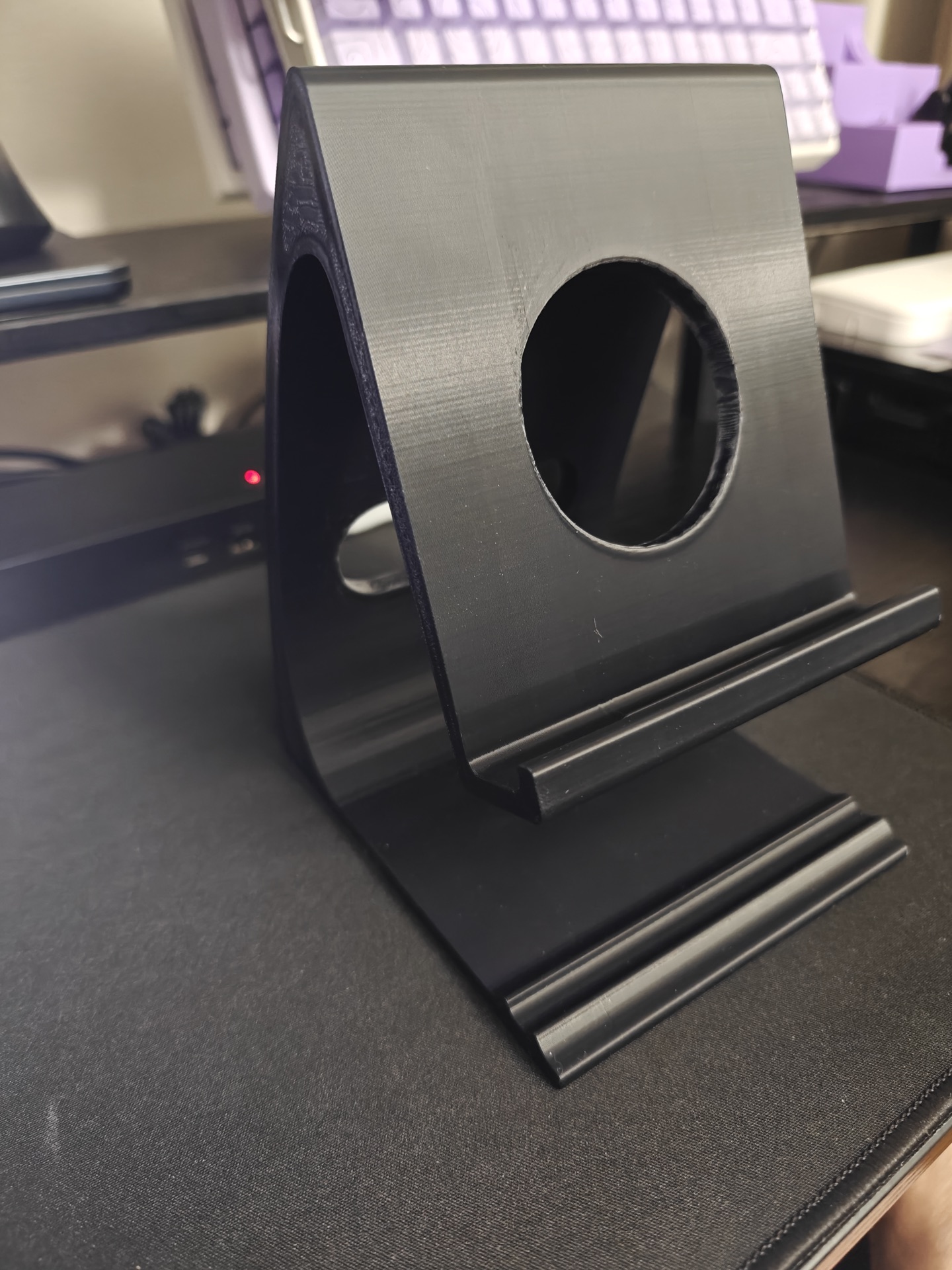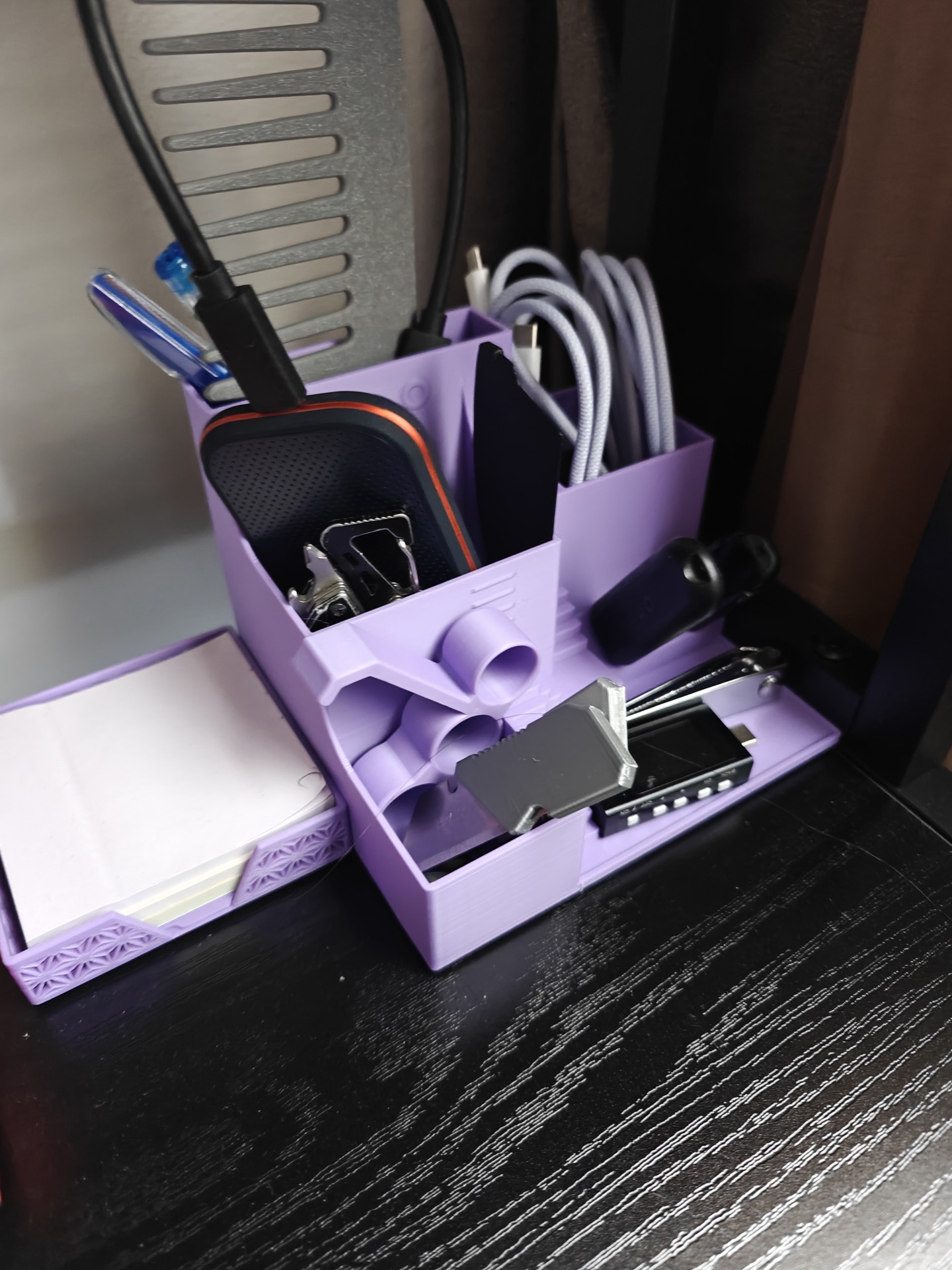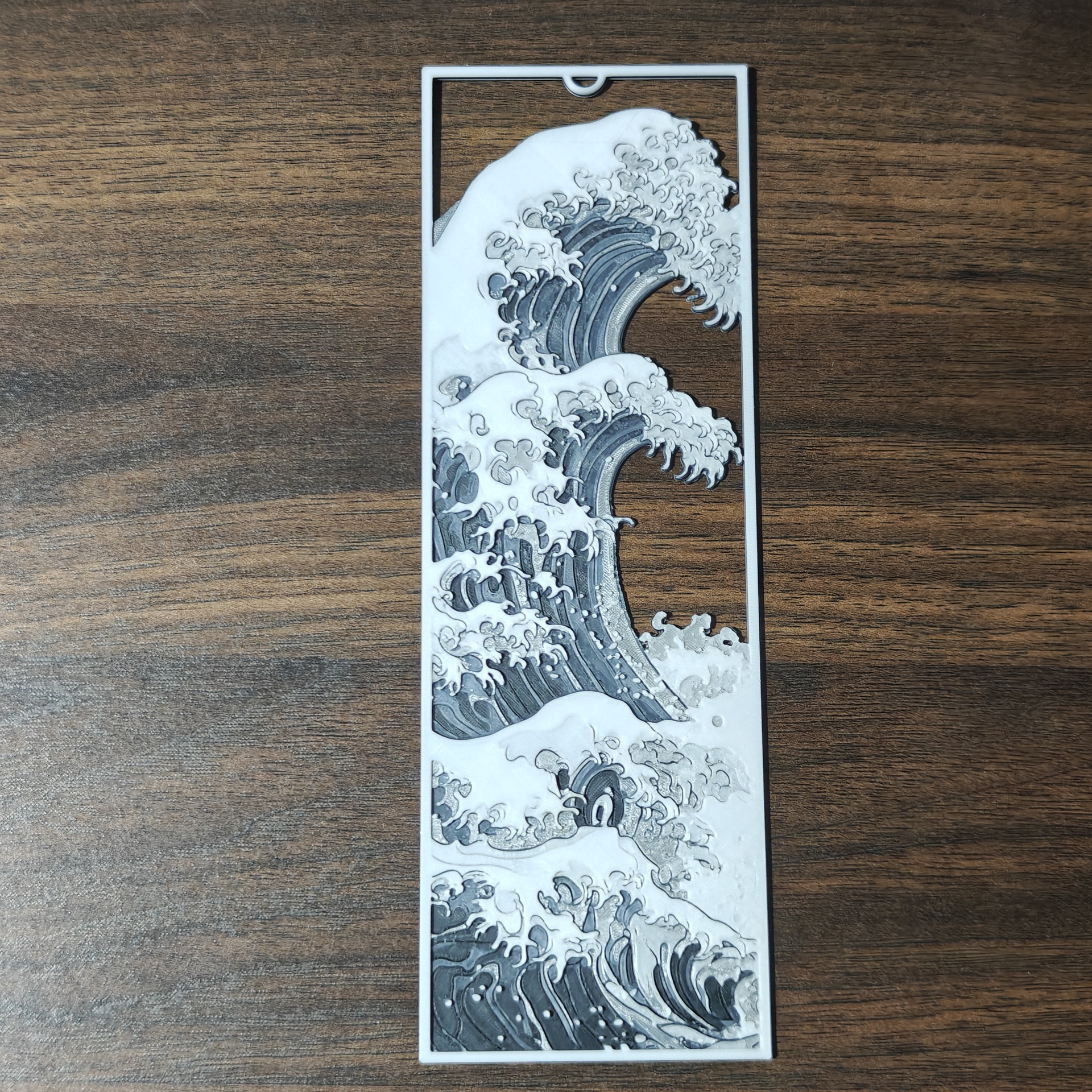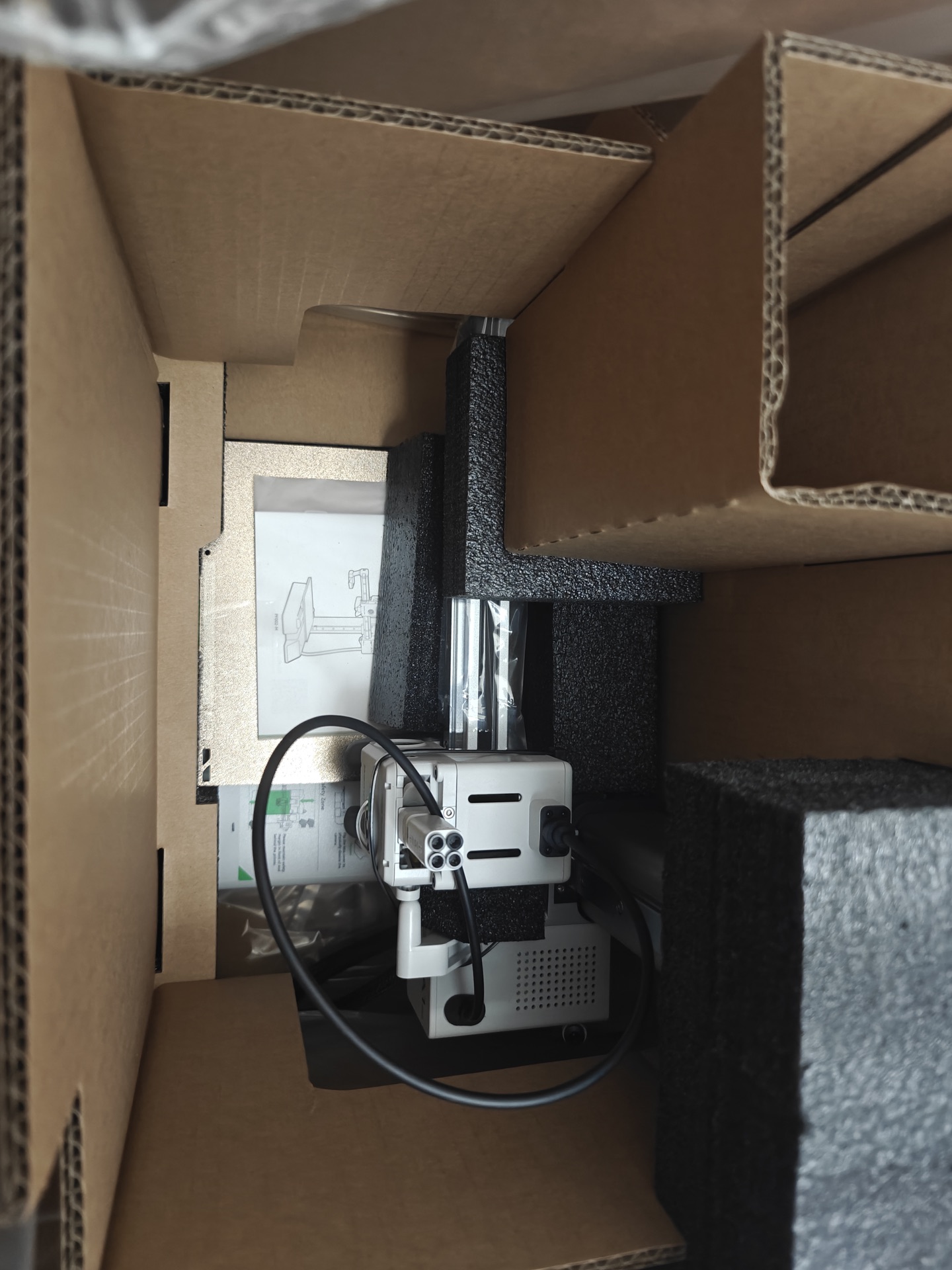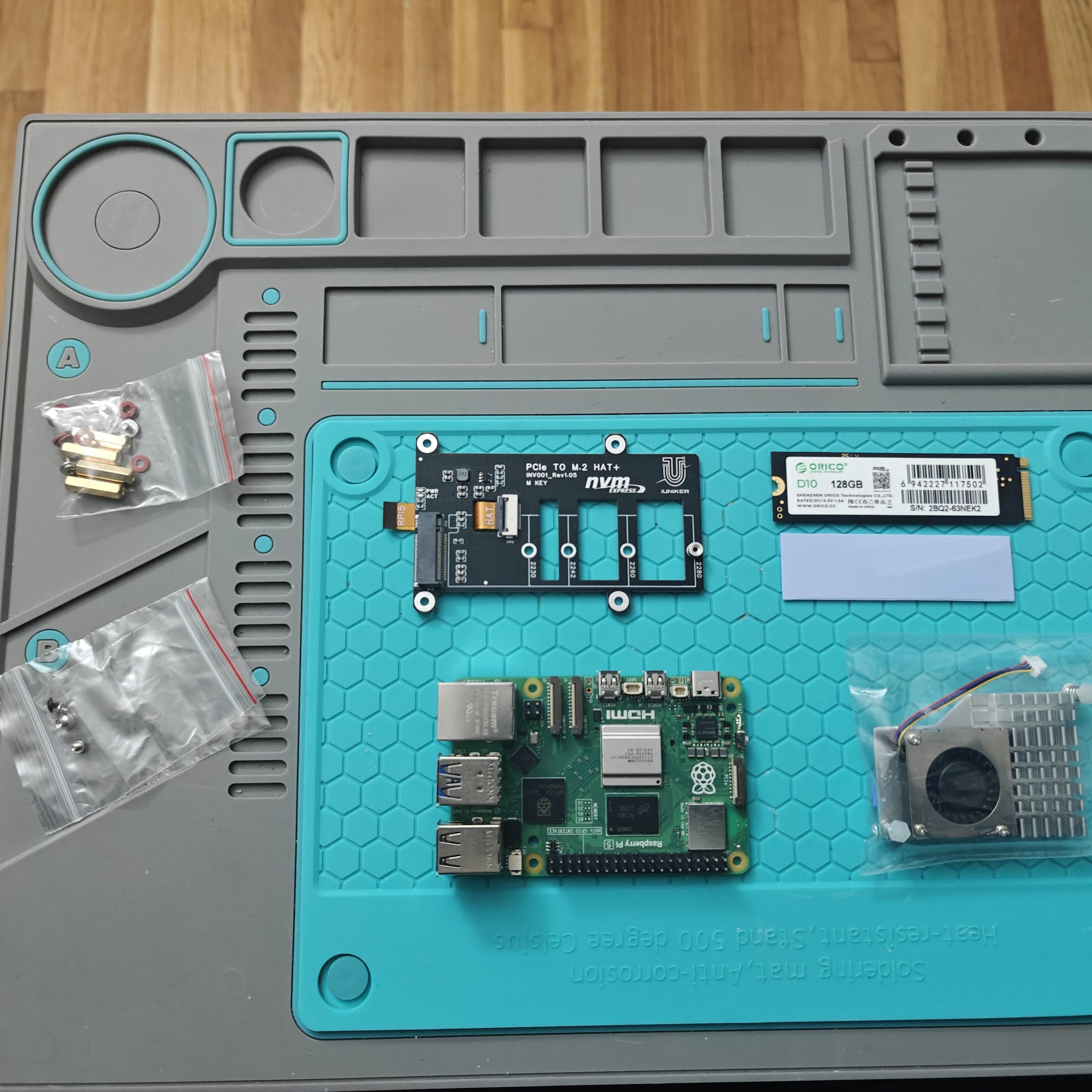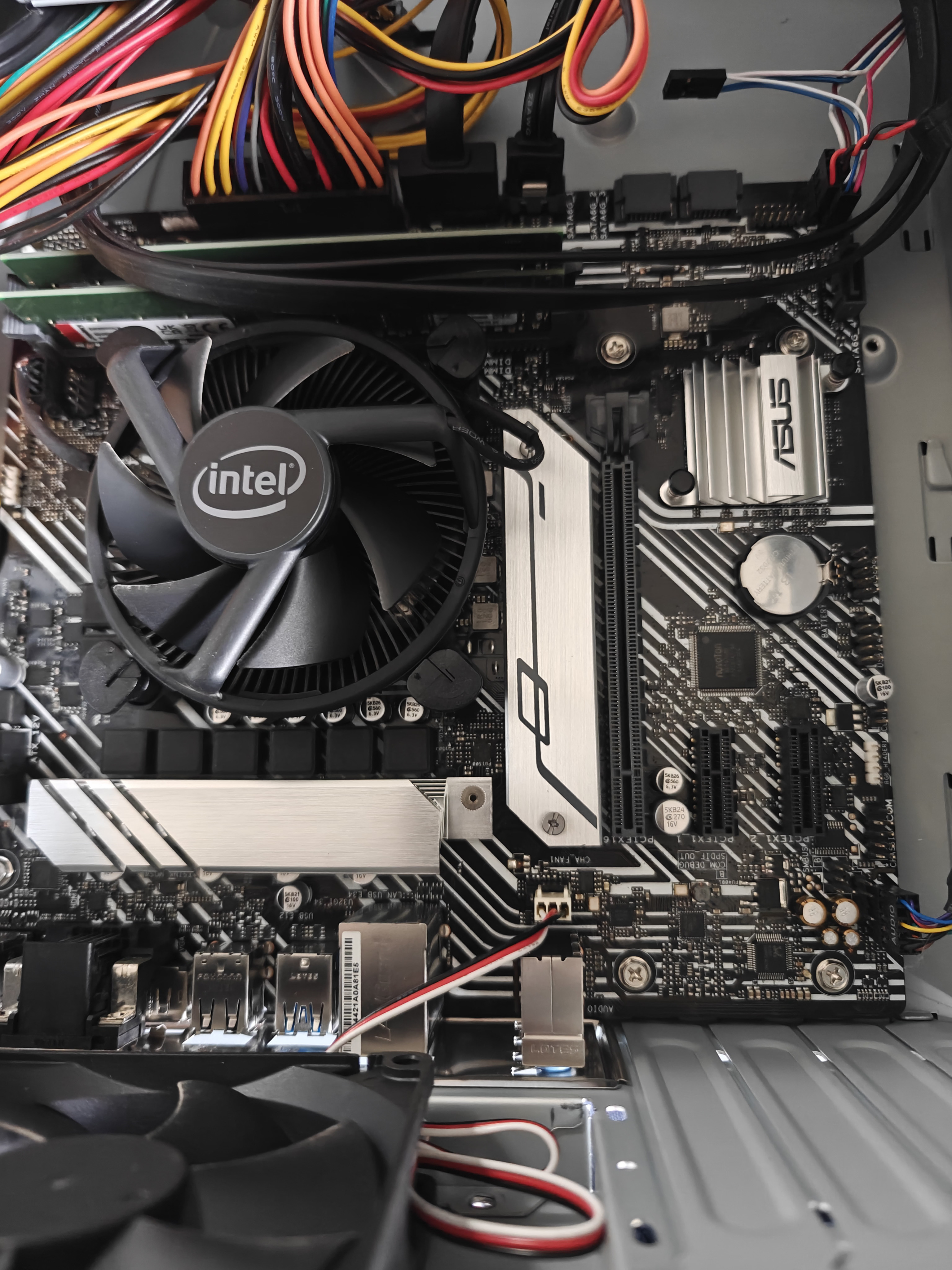Why the A1 Mini
The Bambu Lab A1 Mini is likely the best beginner 3D printer you can get in 2025. Setup is incredibly simple - just screw a few things in and out, turn it on, and you’re printing. No bed leveling headaches, no endless calibration, just works.
Setup Process
Unboxing & Assembly
What you need to do:
- Remove packaging - Pull out foam packing, cut zip ties on the toolhead
- Install purge wiper - Slides into slot on X-axis, secure with included screw
- Install spool holder - Attach base plate with 2 screws, slide holder into place
- Tighten heatbed screws - 3 screws need tightening (green-circled in manual)
That’s it for hardware. No complex assembly, no worrying about alignment. Takes maybe 15 minutes.
Power On & Network Setup
- Plug in power cable - Switch on the back
- Connect to WiFi - Touch screen walks you through selecting network
- Download Bambu Handy app - Available on iOS/Android
- Scan QR code - Binds printer to your Bambu Lab account
- Run calibration - Printer does this automatically (some vibration/noise is normal)
The calibration process is fully automated. The printer checks everything itself - no manual bed leveling, no paper test, none of that old-school 3D printer frustration.
Loading Filament
- Connect PTFE tube between spool holder and toolhead
- Hang filament on spool holder
- Feed filament through tube
- Printer pulls it in automatically
First Prints - Workspace Organization
Once setup was done, I immediately started printing organizational stuff for my workspace. All printed in basic PLA.
Cable Management & Organization
Printed items:
- Cable organizers (using Underware with OpenGrid system)
- Multiboard attachments
- Pen holders
- Desk organizers
- Various workspace clips
The OpenGrid + Multiboard ecosystem is perfect for modular desk organization. Print the bases, snap accessories in place, rearrange as needed.
Print Quality
Print quality is excellent right out of the box. No tuning needed. The automatic calibration actually works, unlike older printers where “auto” bed leveling still needed manual adjustment.
Technical Specs
Bambu Lab A1 Mini Specifications:
Build Volume:
- 180 x 180 x 180mm
- Perfect for most functional prints
Print Speed:
- Up to 500mm/s (fast mode)
- 300mm/s (normal quality)
- Actually achieves advertised speeds
Connectivity:
- WiFi built-in
- App control (Bambu Handy)
- Cloud integration
- SD card slot
Supported Filaments:
- PLA, PETG, TPU, ABS
- Auto-detection via app
- Pre-configured profiles
Special Features:
- Auto bed leveling
- Auto calibration
- Active vibration compensation
- Built-in camera for monitoring
- Multi-color support (with AMS lite addon)
Noise Level:
- ≤48 dB during operation
- Quieter than most printers
Why It’s Great for Beginners
What Makes It Easy
✅ Minimal assembly - Just a few screws, no complex build process
✅ Auto everything - Calibration, bed leveling, all handled automatically
✅ WiFi control - Print from phone, no SD card shuffling
✅ Just works - No endless troubleshooting or tuning
✅ Great app - Bambu Handy is actually useful (rare for 3D printer apps)
✅ Pre-configured profiles - All common filaments already set up
✅ Fast - Prints finish quickly, keeps you engaged
No Frustration Points
❌ No manual bed leveling - Used to waste hours on this
❌ No paper test - Automatic calibration replaces this
❌ No PID tuning - Already configured
❌ No finding profiles - Everything built-in
❌ No guessing speeds - Profiles are actually good
Difficulty Assessment
Setup Difficulty: Easy (1/10)
Legitimately the easiest 3D printer I’ve set up. If you can use a screwdriver and connect to WiFi, you’re good.
Comparison to other printers:
- Ender 3: Build from parts, level bed manually, tune for weeks
- Prusa Mini: Better than Ender, still needs some tuning
- A1 Mini: Screw 5 things together, turn on, start printing
Time investment:
- Assembly: 15 minutes
- Network setup: 5 minutes
- Calibration: 10 minutes (automatic)
- First print: Ready to go
Tips for New Users
- Use Bambu filament first - Their PLA works perfectly, learn with reliable material
- Clean the bed - Isopropyl alcohol before first print
- Watch through camera - The app’s monitoring is actually useful
- Start with included models - Pre-loaded test prints validate everything works
- Join the Bambu community - Great support, tons of shared profiles
Print Examples to Try
Functional prints that are actually useful:
- Cable organizers (Underware/OpenGrid system)
- Multiboard accessories
- Phone stands
- Pen/tool holders
- Drawer organizers
- Headphone hooks
- VESA mount adapters
Where to find models:
- Printables.com (tons of free OpenGrid stuff)
- Thingiverse
- MakerWorld (Bambu’s platform)
Cost Analysis
Base printer: ~$200-250
AMS Lite addon: ~$120 (for multi-color, not required)
Total investment: $200-370 depending on config
Compared to alternatives:
- Cheaper than Prusa Mini (~$400)
- Better than any Creality at this price
- Actually works, unlike sub-$200 printers
Conclusion
The Bambu Lab A1 Mini eliminates basically all the traditional 3D printer pain points. No bed leveling hell, no endless calibration, no searching for working profiles. You unbox it, screw a few parts on, turn it on, and you’re printing quality parts 30 minutes later.
Perfect for:
- First-time 3D printer buyers
- People who want to print, not tinker
- Anyone frustrated with other printers
- Functional prints over massive models
Not ideal for:
- Large models (180mm build volume)
- People who enjoy endless calibration (this does it for you)
Rating: 10/10 for beginners, 9/10 overall
The only reason it’s not 10/10 overall is the build volume limitation. For everything else, it’s basically perfect. This is what 3D printing should have been all along - accessible, reliable, and frustration-free.
Setup completed: July 27, 2025
First prints: Workspace organization items
Status: Still printing reliably, zero issues
